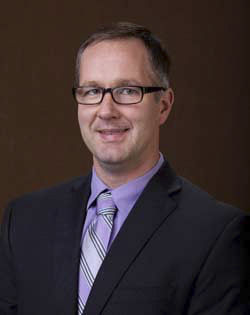
News
‘New normal’ low interest rates are pessimistic view of economic growth, local expert says
Economists continue to debate whether our nation’s economic growth days are over and whether low interest rates are ... Read more

Economists continue to debate whether our nation’s economic growth days are over and whether low interest rates are ... Read more